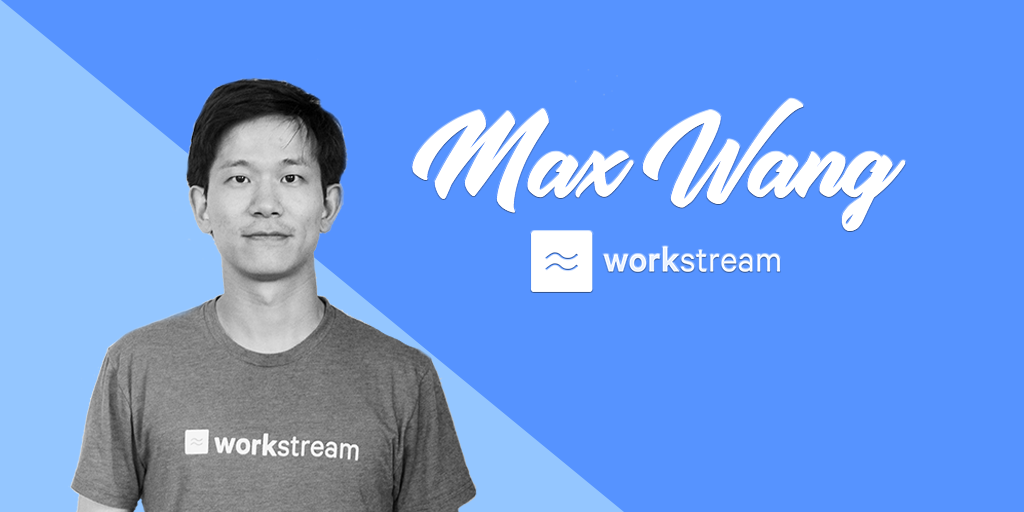Managers today understand that having a robust human capital management strategy could be the difference between success and failure. There are now many schools and courses that explicitly teach strategy human capital resource management. That is why it is vital to have managers that are adept at it.
What Is Human Capital Management Strategy
A human capital management strategy is an approach to human resources that streamlines the entire human resources process as one giant strategy. This strategy includes everything from recruitment to exit interviews and turns it into one process governed by a coherent goal. Companies that have coherent human capital management strategies will find it easier to achieve HR goals.
Some of the HR goals that a coherent human capital management system could help achieve include workforce optimization, cost cutting, productivity maximization, and enhancing employee work life.
Since this strategy introduces a different level of efficiency to human resources, it will no doubt make employees even more efficient.
There will be fewer redundancies in administration, and employees will have a better experience dealing with HR processes. Concerns will be attended to on time, and it will be easier for workers to get their work done. This will, in turn, lead to reduced administrative costs as the system will be even more resilient.
The achievement of all these separate goals, of course, will make it easier for the company to achieve its broader goals.
How To Develop a Coherent Human Capital Management Strategy Through Four Strategies
The four strategies to develop a proper human capital management strategy is to assess current HR capacity, forecast HR requirements, develop talent strategies, and lastly review, evaluate, and communicate the strategy.
Assess current HR capacity
The first step to developing a successful human capital management strategy is understanding the complex needs of the company, which is assessing current HR capacity. To do this, administrators must gather information from internal and external sources.
Forecast HR requirements
The next step is forecasting human resources requirements. Your main job at this step is to ensure the information gathered answers the key questions about capital management, which includes what capital is needed, what that capital needs, and how those needs can be met sustainably.
Develop talent strategies
Once those questions are answered, the next step is to set up parameters around how the company can implement these solutions. This process involves establishing roles, and responsibilities, and gathering info on the cost of setting the system up. It also involves setting baseline measures of success that will be used to evaluate the progress of the system.
Review, communicate, and evaluate the strategy
After a strategy is developed and fleshed out, it should be communicated throughout the organization. Since the system deals with humans, it may need to be regularly revised to deal with peculiar issues. That revised strategy should also be communicated throughout the organization.
Why You Should Develop a Coherent Human Capital Management Strategy
A good human capital management strategy isn't just a good thing for a human resource team to have — it is the good thing for a human resource team to have. It's almost impossible to successfully manage human capital otherwise, that's why a lot of teams think of it as an indelible asset to any company.
Improves Visibility
In business knowledge is power, and you can never have too much knowledge. The process of coming up with and implementing a human capital management strategy will give companies more visibility into their business processes. They will understand what policies have failed, which ones have been successful, and which ones need to be revamped. It will also show whatever gaps exist in human capital needs and human capital recruitment. This will, in the long term, lead to even more efficient recruitment. It will also lead to more efficient and coherent management.
Optimize Business
While these strategies, if implemented properly, will lead to growth in employee satisfaction, that's not where it ends. A good strategy will also have wide-ranging effects on the business as well. In general, it will lead to better company culture, more togetherness among employees, and better organizational performance. For companies looking for an extra organizational boost, there's probably no better answer than coming up with a solid human capital management strategy and implementing it properly.
Speed Up Processes
Speed is the key to efficiency, and a company that solves problems and performs tasks faster will generally get more things done. By implementing a human capital strategy, companies can move faster in accomplishing tasks than ever before. Having a faster recruitment and onboarding process, for example, will make new hires feel in tuned with the vision and mission of the company. In addition, having a self-service platform for hires will help them resolve issues faster, and will decrease the lag time between noticing a problem and solving it.
Coherence
The main thing that a strategic human capital management strategy provides is coherence. The strategy brings together different points of the HR process— like payroll and recruitment— and puts everything in one huge decision-making flow. Of course, one can still carry out these processes without a strategy, but it eventually breaks down at higher points of complexity. For example, new hires may have to provide their bio-data information again at the point of onboarding, when it has already been collected at the point of hiring. That's simply inefficient. Having a strategy means that these errors that lead to a disjointed system don't happen. This will benefit the entire organization both in the short term and in the long term.
It Makes the Organization Standout
Organizations are always looking to recruit talented and dedicated talent. One way to attract those talents is by providing a seamless and efficient human resource process. By implementing a proper human capital management strategy, you're making your business stand out. The core of your business is managing people, and how well you do that is going to be the difference between attracting top-tier talent and awful talent.
Learn More About Human Capital Management Software:
- What is human capital management (HCM)?
- Best human capital management software
- Human capital management jobs
- Human capital management consulting





